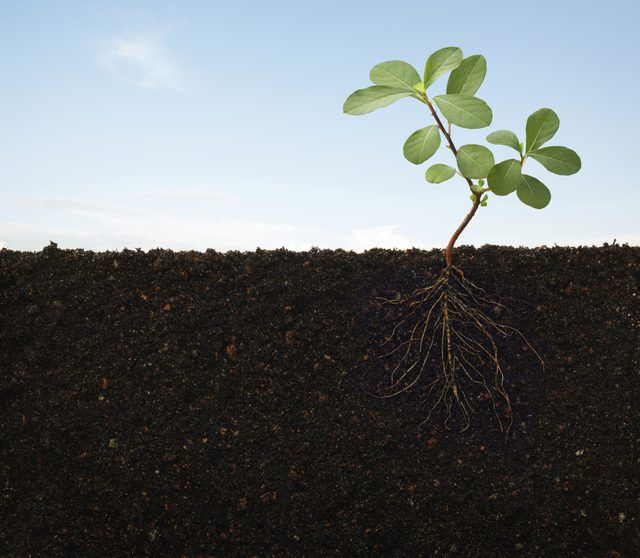Bulbs
Flower Basics
Flower Beds & Specialty Gardens
Flower Garden
Garden Furniture
Garden Gnomes
Garden Seeds
Garden Sheds
Garden Statues
Garden Tools & Supplies
Gardening Basics
Green & Organic
Groundcovers & Vines
Growing Annuals
Growing Basil
Growing Beans
Growing Berries
Growing Blueberries
Growing Cactus
Growing Corn
Growing Cotton
Growing Edibles
Growing Flowers
Growing Garlic
Growing Grapes
Growing Grass
Growing Herbs
Growing Jasmine
Growing Mint
Growing Mushrooms
Orchids
Growing Peanuts
Growing Perennials
Growing Plants
Growing Rosemary
Growing Roses
Growing Strawberries
Growing Sunflowers
Growing Thyme
Growing Tomatoes
Growing Tulips
Growing Vegetables
Herb Basics
Herb Garden
Indoor Growing
Landscaping Basics
Landscaping Patios
Landscaping Plants
Landscaping Shrubs
Landscaping Trees
Landscaping Walks & Pathways
Lawn Basics
Lawn Maintenance
Lawn Mowers
Lawn Ornaments
Lawn Planting
Lawn Tools
Outdoor Growing
Overall Landscape Planning
Pests, Weeds & Problems
Plant Basics
Rock Garden
Rose Garden
Shrubs
Soil
Specialty Gardens
Trees
Vegetable Garden
Yard Maintenance
Identifying and Preventing Verticillium Wilt
Learning how to identify symptoms of verticillium wilt, how to prevent it and which plants are more susceptible or resistant to this disease.
Wilted leaves on plants don't always hint at dry soil. If your plants wilt even when the soil is moist, look for another cause. Infecting some plants, an insidious fungal disease called verticillium wilt starts -- literally -- from the ground up.

Identifying Symptoms
Plants infected with verticillium wilt typically show a progression of symptoms: The leaves -- particularly the lower leaves -- first turn yellow, then wilt and finally die. Sometimes the dead and dying leaves drop from a plant, and other times they remain attached even after they're dead.
Some plants, however, show different symptoms:
Slow growth.
Sudden wilting.
Only one side of a plant (or a single branch) wilts and dies.
Reddish-brown or grayish-black streaks inside the stems of trees and shrubs.
Dead, elongated areas of bark on infected limbs or trunks.
The Root of the Problem
Two fungal species -- Verticillium dahliae and Verticillium albo-atrum -- are the culprits. These pathogens live in the soil and penetrate a plant's root system. The fungus worms its way into a plant's vascular system and invades the xylem, which manages the internal transport of water and minerals. As the fungus grows, it plugs the xylem channels, preventing water from reaching the leaves. When their water supply is cut off, the leaves and branches wilt and die.
Prevention
Using fungicides or other chemicals rarely controls verticillium wilt. This makes prevention the best course of action to head off disease before it takes hold. Use an integrated pest management strategy with these tips in mind:
Remove dead or diseased branches promptly.
Avoid using high-nitrogen fertilizers; fertilize plants only according to soil-test recommendations.
Use herbicides judiciously and only as spot-treatment controls.
Choose plants for your yard that are immune or resistant to verticillium wilt instead of others with proven weaknesses.
Tip
Sanitize pruning tools by soaking the blades for five minutes in a solution of 1 part household pine-oil cleaner and 3 parts water. Rinse the tools or let them air-dry before using them. Although it's time-consuming, sanitize the blades between each cut on diseased plants.
Warning
Dispose of all dropped leaves and pruned branches from diseased plants. Don't add them to the compost pile, and don't use chipped branches as mulch.
Susceptible Plants
Many types of plants are more susceptible to verticillium wilt than other plants, such as:
Trees
Redbud (Cercis canadensis), hardy in U.S. Department of Agriculture plant hardiness zones 4 through 9.
Pin oak (Quercus palustris), USDA zones 5 through 7.
Weeping fig (Ficus benjamina), USDA zones 10 through 12.
Shrubs
Indian hawthorn (Rhaphiolepis indica), USDA zones 8 through 11.
Heavenly bamboo (Nandina domestica), USDA zones 6 through 9.
Herbaceous Perennials
Mealycup sage (Salvia farinacea), USDA zones 8 through 10.
Transvaal daisy (Gerbera jamesonii), USDA zones 8 through 10.
Annuals
Tomato (Lycopersicon esculentum), potato (Solanum tuberosum), pepper (Capsicum spp.) and eggplant (Solanum melongena) -- all members of the Solanaceae plant family.
Garden balsam (Impatiens balsamina).